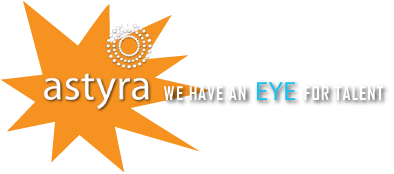Technology will always be a shifting current—what’s relevant today likely won’t be 10-20 years from now. This predicament is part of the reason that some employers find themselves consistently looking for new and fresh talent but very recently, some have come to understand that one thing will withstand the test of time: soft skills.
Universally lauded (I’m exaggerating but bear with me) and “future-proof”, as penned by harver.com, soft skills refer to things like empathy, communication, and critical thinking. These are things that “are personality-driven and… are what makes the difference between a good and a great candidate. After all, hard (tangible and technical) skills usually can be taught, while teaching someone how to show empathy is almost impossible…”
“As developments in technology are changing many industries rapidly, the demand for people with transferable, future-proof (as much as possible) and soft skills will rise.”
If you were on the fence about hiring a candidate for reasons like these, take a chance! You might be pleasantly surprised.
Share this post:






What’s on your mind?